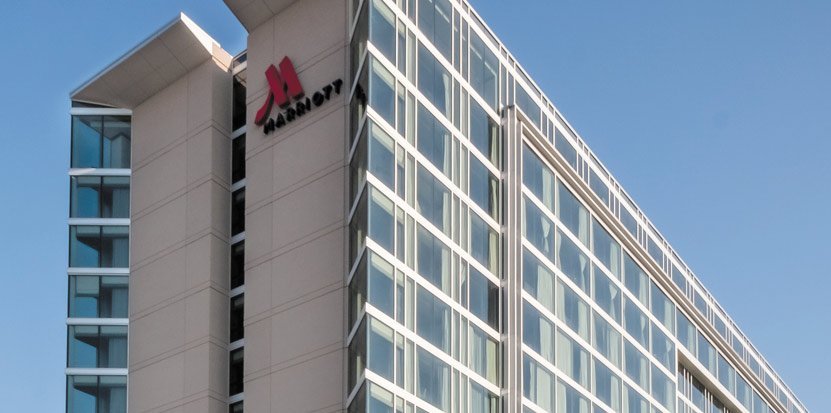
An Omaha Market Game Changer
The Omaha hotel landscape is poised to change dramatically after the much-anticipated August opening of the 333-room Marriott Omaha Downtown at The Capitol District. This is the first full-service hotel to open in Omaha since the Hilton Omaha opened in 2004. Since then, several select-service hotels have opened, however, none have had the impact the Marriott will undoubtedly have.
The Marriott will be a game changer for the market. While the additional hotel rooms will initially create an imbalance in the market’s supply/demand equation, having a second first-class, strongly branded hotel of this size in close proximity to the CenturyLink Center allows Omaha to secure corporate meetings and conventions that previously could not be accommodated. While this alone will help drive a rebalance of supply and demand, it will also drive additional hotel development. The supply additions may cause short-term pain, however, that pain is far outweighed by the inevitable long-term gain for the market.
By the Numbers
Since 2012, year-end occupancy for all hotels in the Omaha market has held relatively constant with a range of 58.9 percent to 61 percent through year-end 2016. The average daily rate (ADR) has grown from $87.97 per room in 2012, to $98.82 in 2016. With the addition of the aforementioned supply, CBRE Hotels is forecasting market occupancy to dip to 57.6 percent in 2017, and 56.7 percent in 2018. This projected decline is again driven by a change in supply of 4.3 percent compared to 2.9 percent demand growth. Market ADR is projected to grow by 1.8 percent to $100.64 in 2017, and $102.53 in 2018. This is the first time that annual ADR for the market is projected above $100 a room and there are no indictors that it will drop below this high-water mark, near or long-term. A key performance measure in the industry is Revenue Per Available Room (“RevPAR”), which is ADR multiplied by occupancy. While supply growth is projected to outpace demand, the continued growth of ADR should result in positive, while modest, RevPAR growth in the coming years. This deceleration is present in markets across the country and is illustrative of the later years in the lodging real estate development cycle.
When segmenting the hotels into lower and higher-priced categories, the lower-priced segment is projected to end 2017 at 54.3 percent occupancy and an ADR of $81.29. Performance in 2018 is forecasted at 53.4 percent occupancy at an ADR of $82.69. The higher-priced segment is forecasted to end 2017 with occupancy of 63 percent at an ADR of $128.25, and ADR in 2018 is forecasted to increase to $129.56 while occupancy is projected to drop to 61.8 percent.
New Competition
In addition to new supply, today’s hotel operators are faced with challenges related to the sharing economy, specifically Airbnb. The lodging industry is struggling to get its arms around this unforeseen competition. There is no doubt Airbnb is a threat to the industry, but the question remains as to how big of a threat it is.
Looking at the trailing 12 months, the number of active Airbnb units in the Omaha market ranged from approximately 200 to 400. Of that, approximately 51 percent represented an entire home/apartment, which is the biggest threat to hotels. That 51 percent also represented approximately 77 percent of total Airbnb revenue in the Omaha market, and the ADR of those units ranged from $105.64 for one-bedroom units to up to $317.10 for four (or more) bedroom units.
A Rising Tide Lifts all Boats
The lodging landscape is clearly changing in Omaha, and given the underlying support of the city’s first-class convention, entertainment, restaurant and residential facilities, the future looks bright. While additional supply may cause some heartburn, the quality of the supply entering the market, and the supply yet to be developed, will help set a new pricing and performance ceiling. Managing hotels is a sophisticated business as inventory is perishable and sold on a daily unit-by-unit basis. However, the market possesses many of the supporting attributes that hotel operators need to address the challenges presented by supply increases.
This article appeared in our quarterly newsletter from September of 2017. The full newsletter is available at http://files.investorsomaha.com/download/IR_newsletter_Sept_2017.pdf

